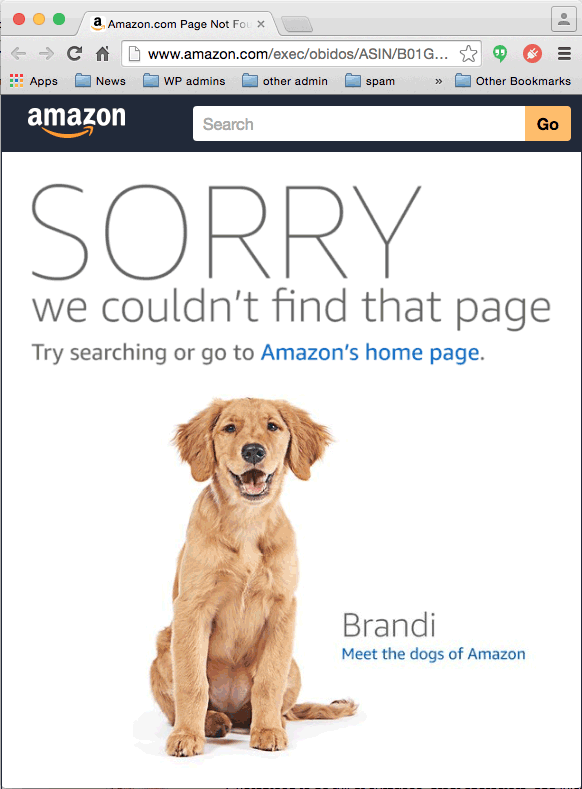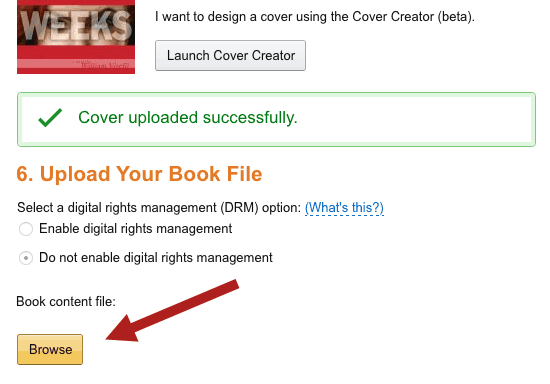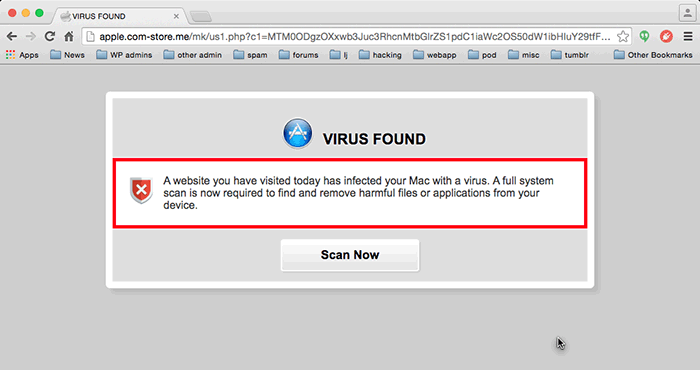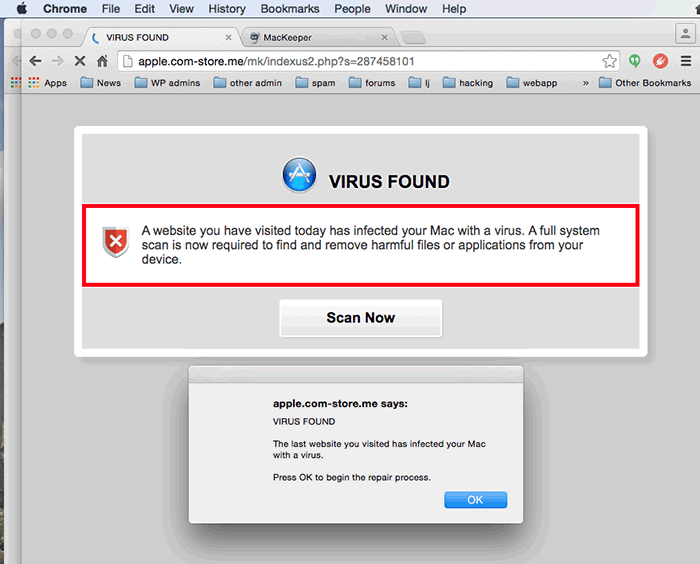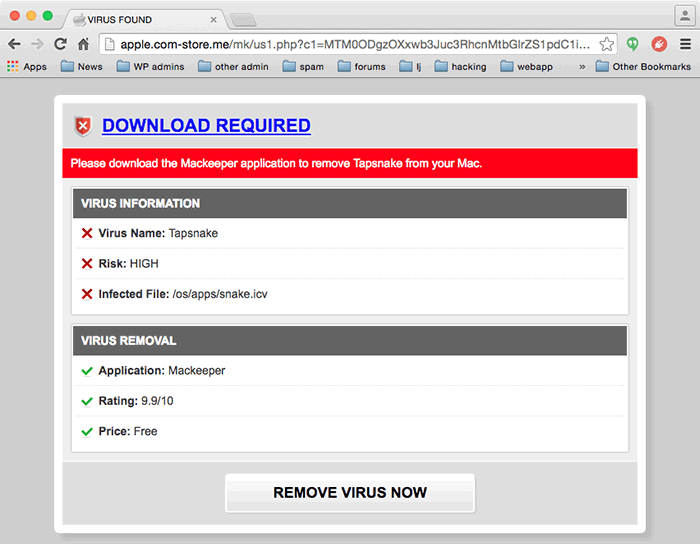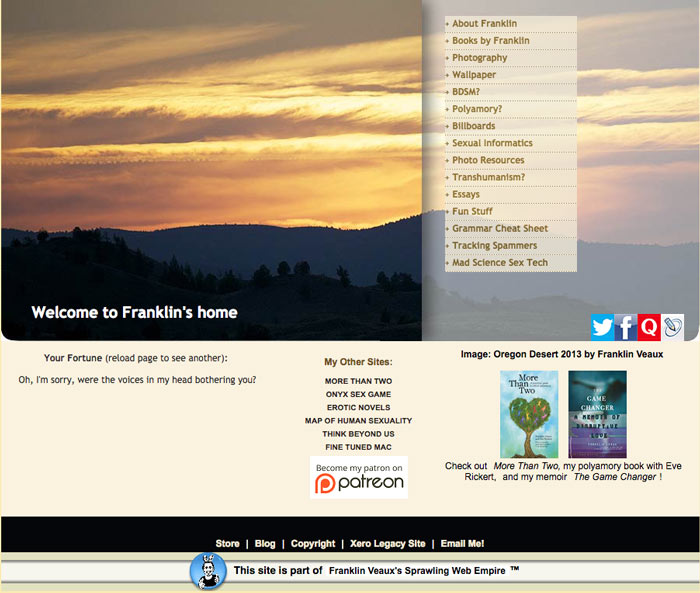In 1995, writer David Joiner coined a phrase that I think has not received nearly enough attention: “psychic litter.” In an issue of Wired magazine, Joiner defines it this way:
“Psychic Litter” is a term I coined to mean acts of immorality so small as to be below the level of consciousness. One example is wasting small amounts of the time of many people. Bruce Tognazzini, the user interface guru, once opined that by creating a product that wastes a half hour of time for each of 4 million users, you waste 900 work-years of human productivity. That works out to about 12 complete lives.
It seems appropriate that his 1995 example involved user interfaces, as the most glaring examples of psychic litter I’ve personally ever encountered invariably come from tech firms.
Consider this: Last night, I spent some hours combing through my hard drive with a fine-toothed comb in search of some missing gigabytes that, by all rights, ought to have been there. Imagine my surprise when I peeked into my Applications folder and saw this:

Yes, that’s Chrome, the Google Web browser. Yes, it is twenty gigabytes(!) in size. No, that’s not a disk directory error.
Chrome updates itself more or less constantly, all completely silently and in the background, without user notification. That’s fine, but it turns out that every time it updates itself, Chrome (the Mac version, anyway) keeps the old version stashed within itself.
On the Mac, applications are actually “bundles,” special directories that contain the executable code plus all its required libraries. That’s how the Mac has made itself immune to Windows DLL Hell and Linux dependency hell; apps are self-contained.
You can look inside an application bundle by right-clicking it and choosing Show Package Contents from the popup menu.

When you do that on Chrome, you will see a folder called Versions. This folder contains a complete copy of every single version of Chrome that has ever been updated on that computer.
Google Chrome is about 200 MB in size. When it updates, it eats another 200 MB of hard disk space. When it updates again, there’s another 200 MB gone. And another. And another. And another.
In my case, I’d been using Chrome since 2012, and those updates had swallowed up 20 GB of space.
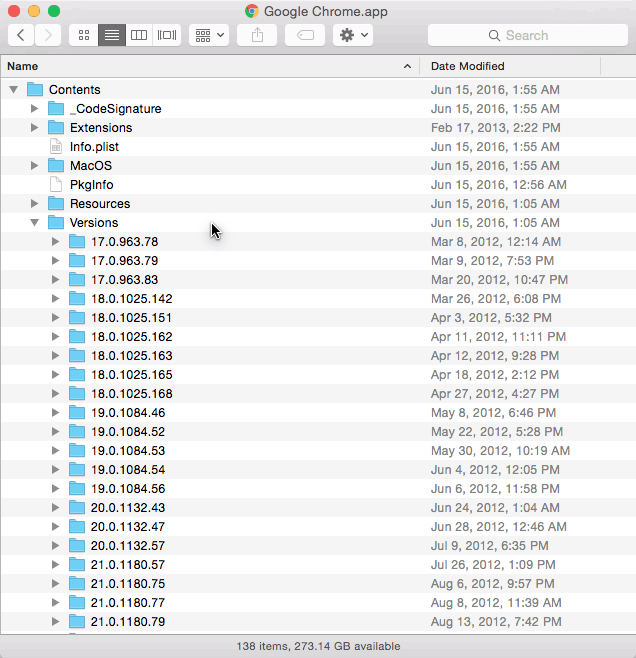
This shows a profound contempt and disregard for the user’s hard drive space.
Right now, by default, a brand-new Macbook comes with 256 GB of Flash storage; an 11-inch Macbook Air, 128 GB. That means my copy of Chrome would devour 15% of a Macbook Air’s standard storage.
By way of comparison, the current Mac operating system takes about 8 GB of hard drive space. That means my copy of Chrome was more than twice the size of my operating system on disk.
The simplest solution is to periodically delete Chrome and download it again, which means you’re swapping prodigious waste of your hard disk space for slightly less prodigious waste of bandwidth. The real solution is for Silicon Valley to become more conscious of the impact of their behavior on their users.
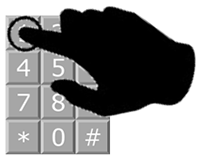 It’s not just Silicon Valley, of course. Yesterday, I had to call Services Canada about getting a social insurance number. The phone number for Services Canada took me to a voice menu tree that had six minutes of talking before the menu options were presented, and did not permit me to skip that six minutes by pressing the right number even though I knew what it was. Worse, hitting the key to repeat the menu choices caused the system to recite all six minutes of recording before offering the menu prompts again.
It’s not just Silicon Valley, of course. Yesterday, I had to call Services Canada about getting a social insurance number. The phone number for Services Canada took me to a voice menu tree that had six minutes of talking before the menu options were presented, and did not permit me to skip that six minutes by pressing the right number even though I knew what it was. Worse, hitting the key to repeat the menu choices caused the system to recite all six minutes of recording before offering the menu prompts again.
The design of voice menu systems is a frequent source of psychic litter. The people who record these systems rarely think about how they will be used, and often show contempt for the time of those who use them.
Sometimes, this is deliberate. Cell phone carriers have made voicemail messages longer to increase the the number of minutes of airtime used. More often, it’s careless. It stems from indifference to other people and lack of concern about the effects of our actions.
I would like to propose a radical idea: Let us all, every day, consider the implications of all our actions on other people, even the actions that we normally don’t think about. We all often find ourselves doing things that touch large numbers of other people. Even small acts of indifference, when multiplied many times, add up. We can all seek to be more considerate of other people in small ways as well as large.


 One of the hardest lessons to learn in life is this: Other people are real. The world isn’t the Story of You. Yes, I’m sure you’re amazing and all, but other people are not supporting characters in the movie called You: The Reality.
One of the hardest lessons to learn in life is this: Other people are real. The world isn’t the Story of You. Yes, I’m sure you’re amazing and all, but other people are not supporting characters in the movie called You: The Reality. 
